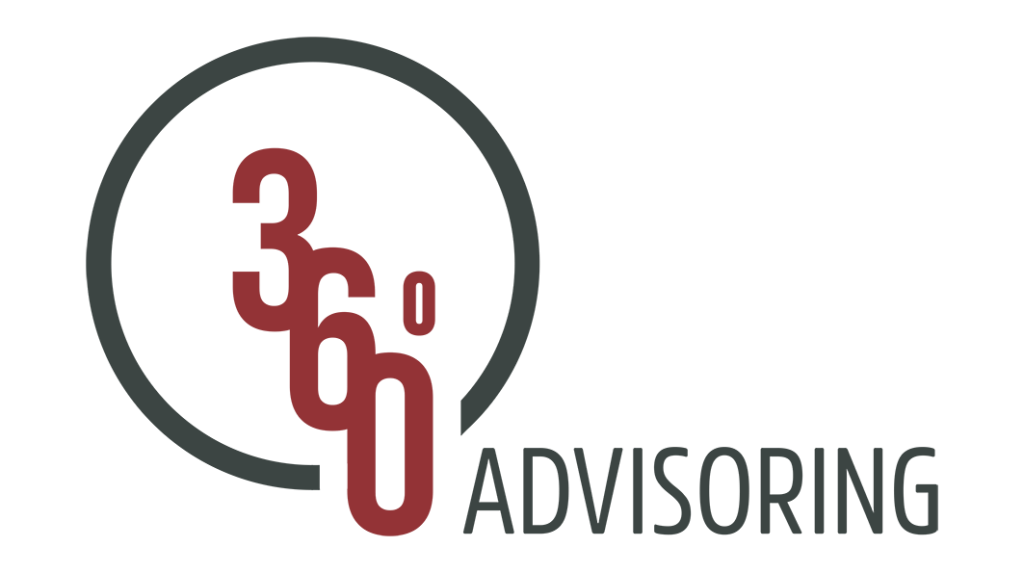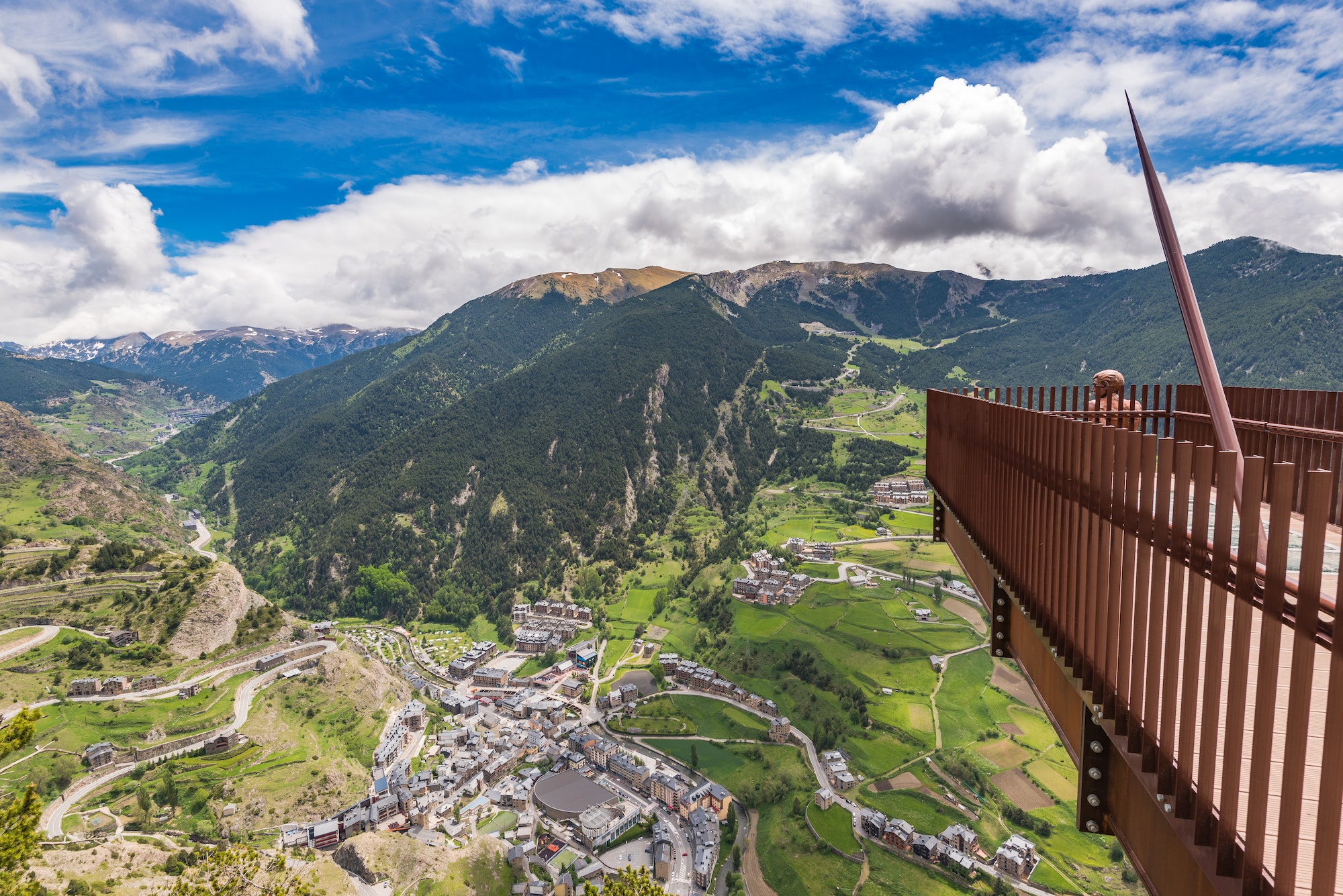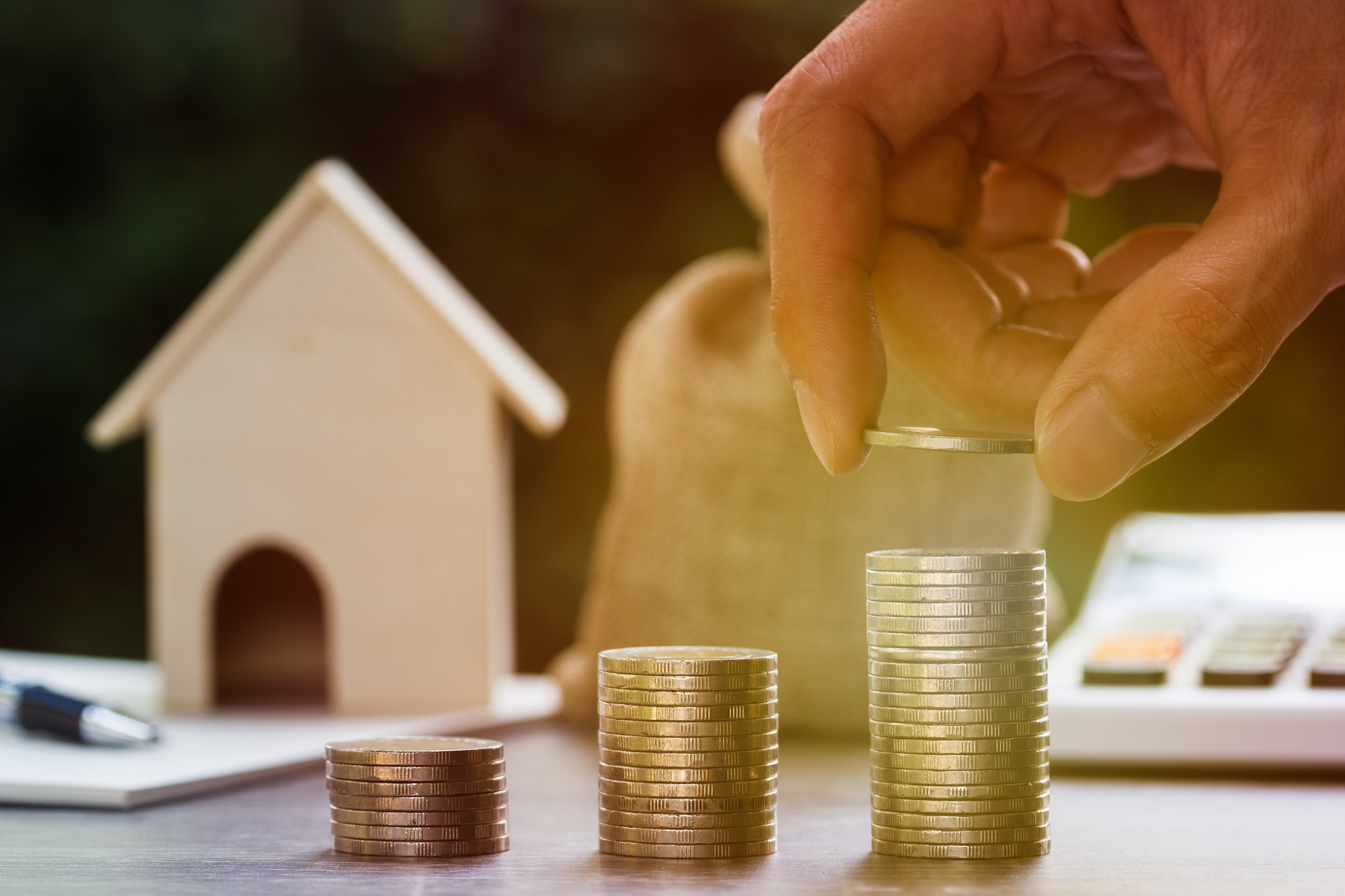Inflation in the euro zone has reached double digits for the first time in history, after standing at 10% in September. This very high rate paves the way for the ECB hawks to keep raising interest rates at a very fast pace.
If the main components of inflation in the euro area are analyzed, energy recorded the highest annual rate in September (40.8%, compared to 38.6% in August), followed by food, alcohol and tobacco (11 .8%, compared to 10.6% in August), non-energy industrial goods (5.6%, compared to 5.1% in August) and services (4.3%, compared to 3.8% in August) , according to data published by Eurostat.
It should be noted that this inflationary phenomenon began in mid-2021. The strong economic recovery after covid and the cocktail of fiscal stimuli (public spending) and low interest rates caused a strong and sudden growth in demand, which triggered a rise Of the prices. To this must be added the start of the war in Ukraine in early 2022, which has exacerbated energy shortages and made it difficult to recover supply chains.
The key issue in terms of monetary policy is that prices have risen again, and very strongly, in two of the countries that are least tolerant of inflation and have the most weight within the ECB and the European institutions: Germany (inflation of 10 .9%) and the Netherlands (17.1%). This may tip the balance towards an even tougher ECB.
The evidence reveals that price pressures remain strong, which increases the probability of seeing another rate hike at the next ECB meetings.



